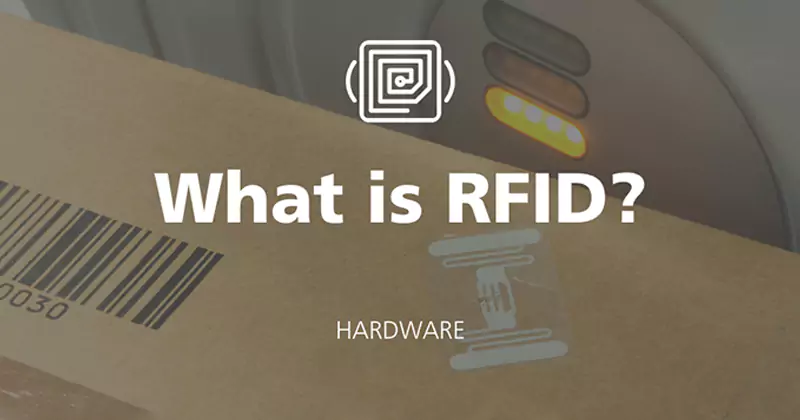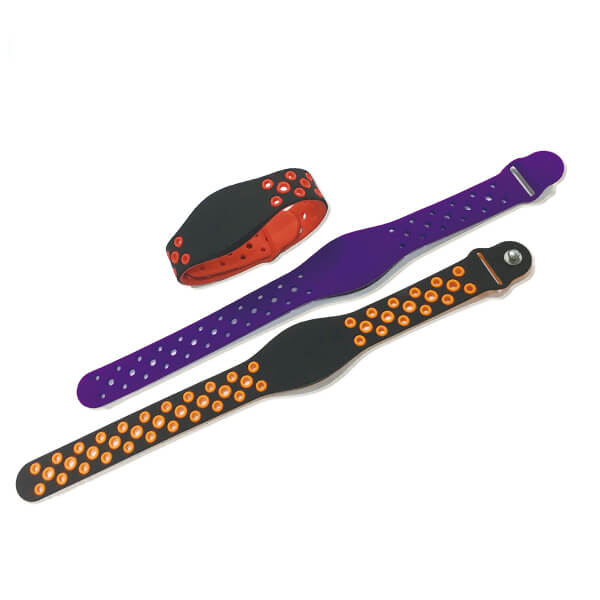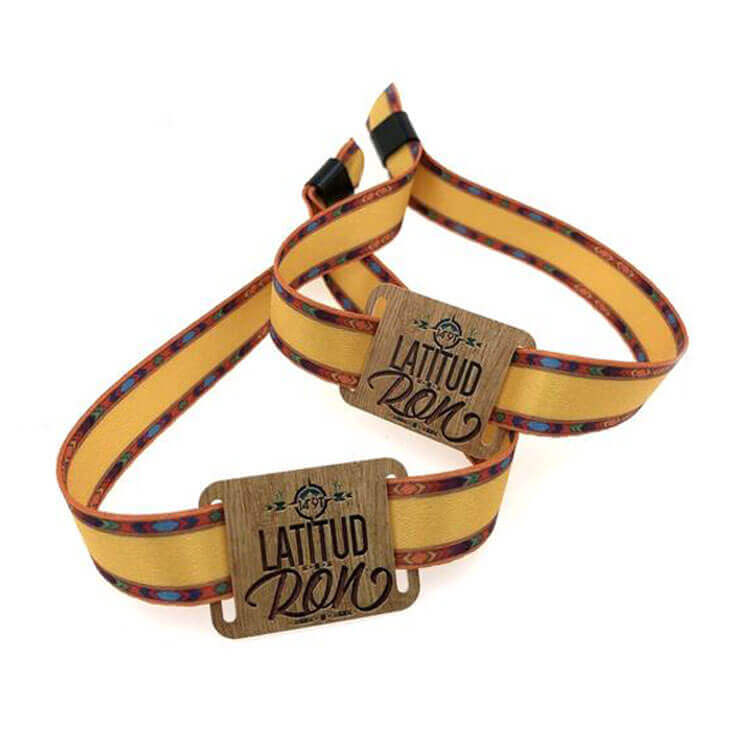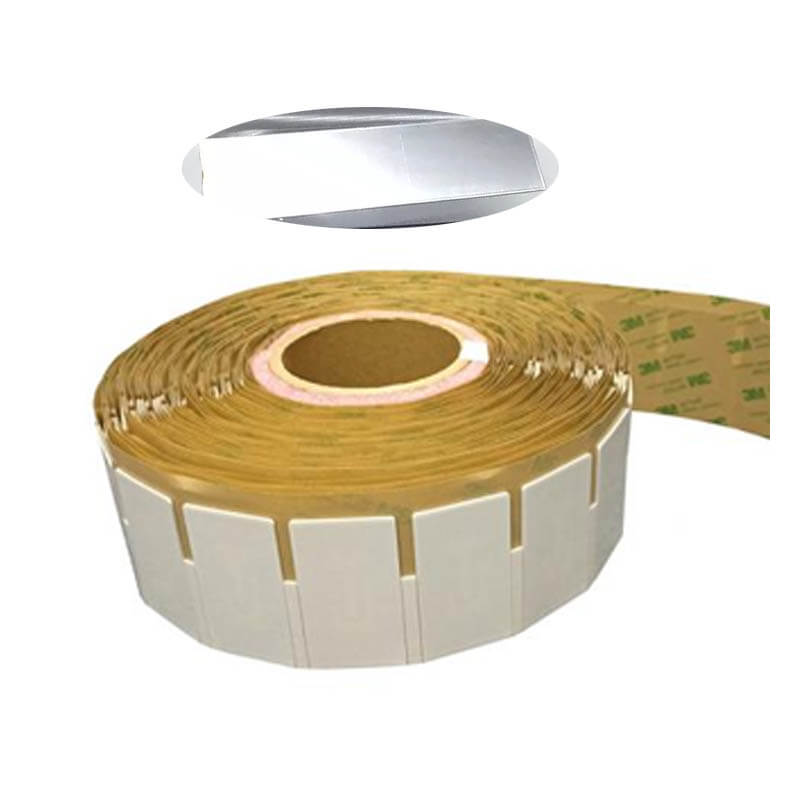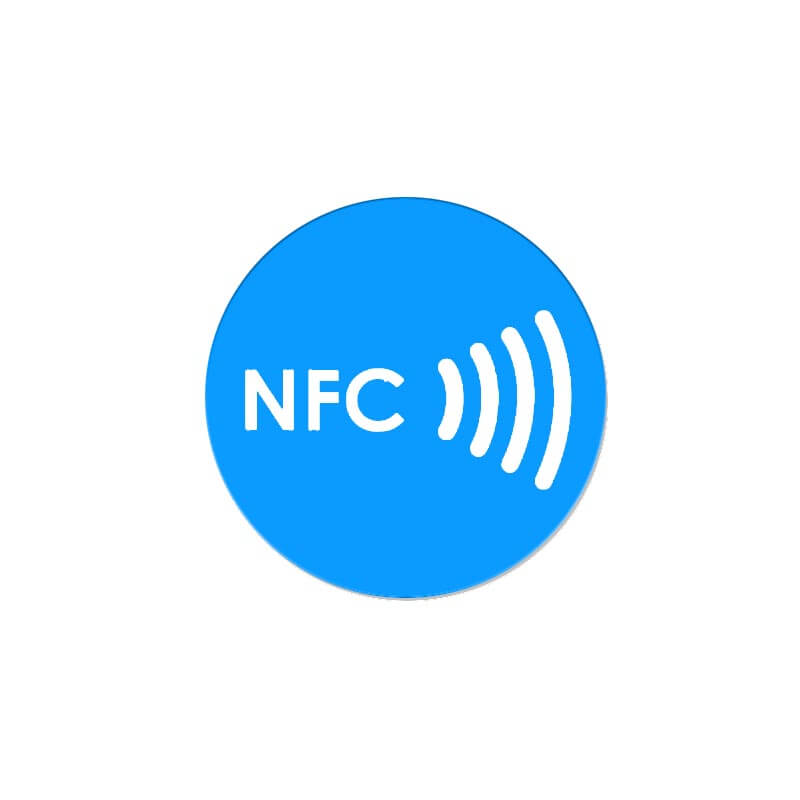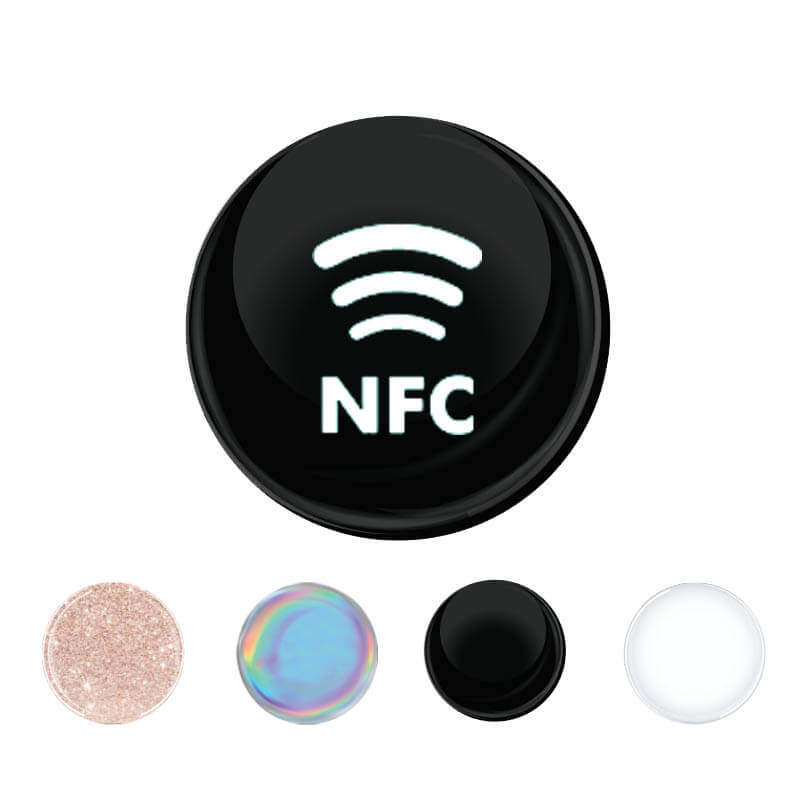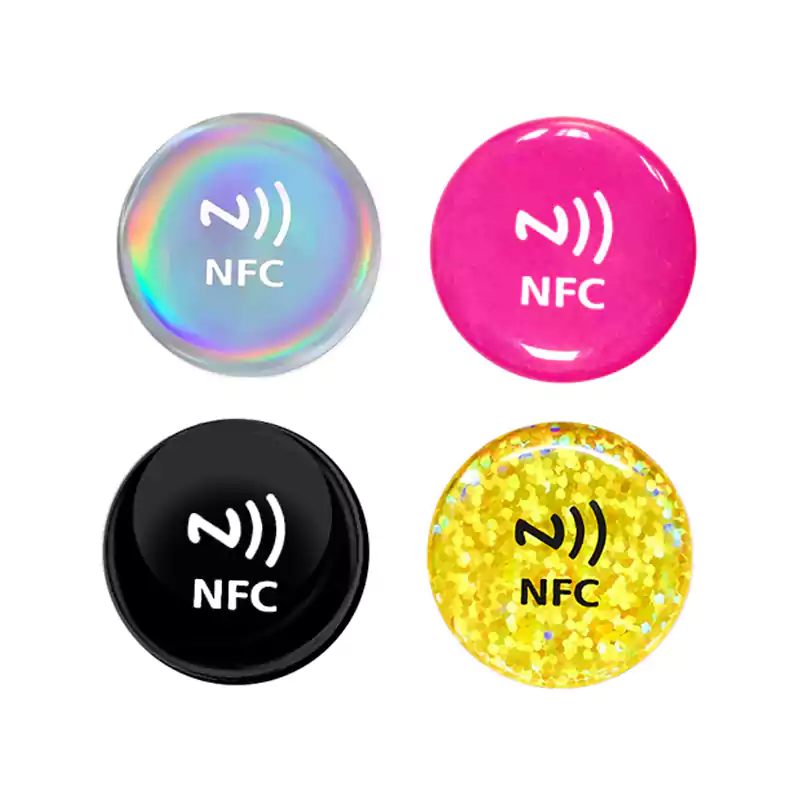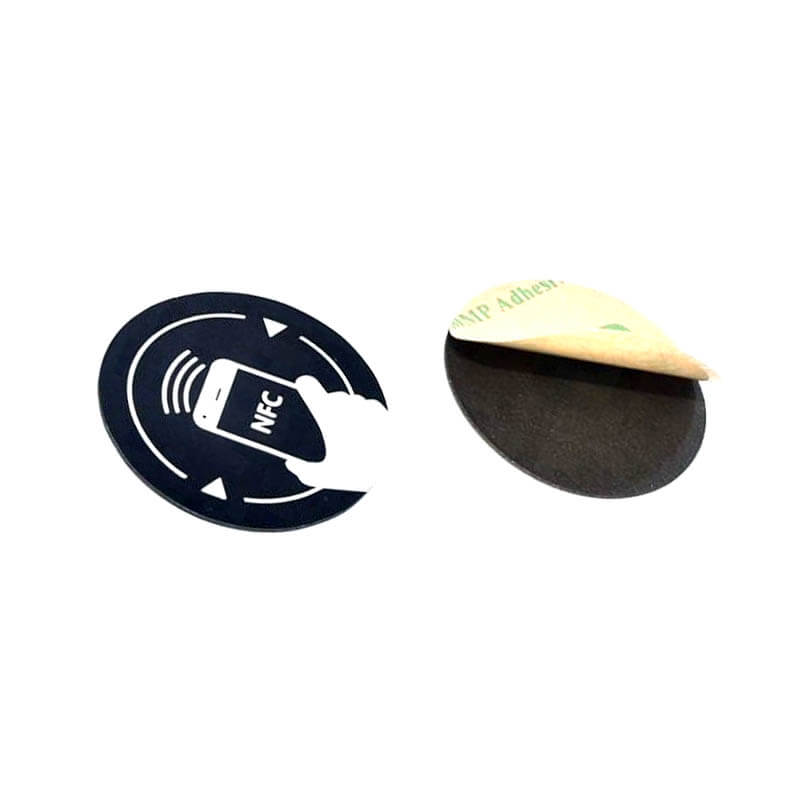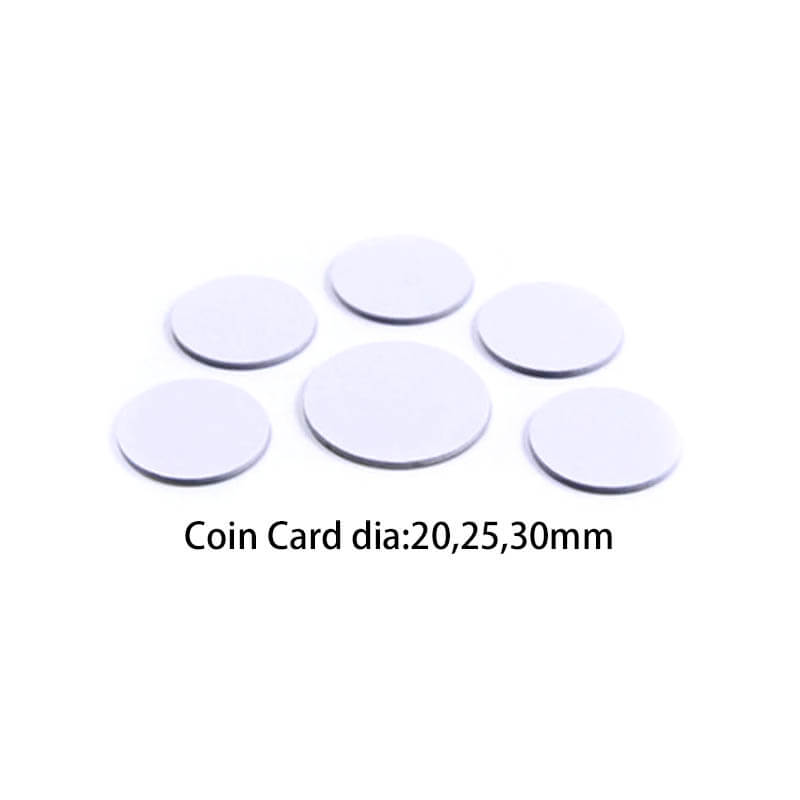Radio Frequency Identification is referred to as RFID. It is a wireless technology that allows a reader and a tag or transponder affixed to an item to communicate with one another. Data collecting, tracking, and identification are all accomplished with this technology.
An RFID tag or transponder, an RFID reader or interrogator, and an antenna make up the three essential parts of an RFID system. The tag has an antenna and a microchip that holds data about the item it is linked to. Via its antenna, the reader transmits radio frequency signals to the tag, which reacts by relaying the data it has recorded back to the reader.
Features of RFID
Its unique combination of features makes it possible for RFID devices to identify items easily electronically. The best thing about RFID is that it doesn’t need a direct line of sight between the tag and reader, and this means it can effectively operate in a wide range of environmental conditions, unlike the barcode. The main features of RFID include:
Unique ID
This technology provides an effective way to accurately identify various components, including retail goods, construction equipment, and batches of items found in warehouses. It utilizes a combination of artificial intelligence and automation to identify and automatically update data records based on available information such as location, date, time, and temperature.
No Direct Contact
An RFID can read and write information without any direct contact. The RFID tag doesn’t need to be in sight of an RFID reader directly. Just like its name suggests, this technology uses radio waves for communication. The only thing that you need to do is ensure that the tags are within the reader’s range.
Automatic Recognition
RFID tags with specific information are attached to items, and then IDs are transmitted for storage by the readers. Generally, the reader has to be placed at a particular point and within the tags’ range to scan the tag’s ID automatically. Besides that, readers can be integrated into mobile devices and tablets. This allows the tags to be easily scanned whenever they are passed close to such devices.
Simultaneous Access to Multiple RF Tags
It’s possible for an RFID system to simultaneously access information stored in multiple RF Tags if it’s equipped with the proper function that allows it to read the information in several tags simultaneously as long as they are within the range of the transmission area
Can Detect Hidden Objects
Since such a system can read several tags simultaneously, it can also detect “hidden” objects. For instance, if multiple items are placed in a rack or moving on conveyor belts, the tags can be seen if positioned correctly and within the transmission range. Generally, the readability of the tag usually depends on where the reader is placed, the closeness to the tag, the type of tag, the surface material, and the type of environment.
Durable and Weatherproof Tags
Unlike barcodes, RFID tags have a rugged and durable design; hence they are ideal for use in a wide range of environments. It should be noted that there is a wide range of tag types designed to cater to specific needs, including underwater use or hazardous/contaminated environment.
No Need for Battery Power
Note that passive RFID tags are the most common, and they don’t need batteries. Instead, they are usually activated by the power source from the reader. This adds to the versatility of the tags since they can have miniature sizes and be easily embedded in small items. Besides that, passive tags also have a long shelf life since they can survive in extreme environmental conditions for years on end.
Reliable and Flexible Systems
RFIDs are flexible and reliable systems that combine items with their relevant information. As a result, such a system creates an environment for reliability and a correct configuration of things. RFIDs allow for decentralized information systems with reduced loads. As a result, systems can be easily and quickly implemented. In addition to that, flexible plans can be changed if there is a necessity.
Reliable Communication
RFIDs are designed based on advanced, innovative technologies and integrated with specialized protocols that allow radio frequency transmission. When information is being transmitted, 16 bits of cyclic redundancy check (CRC) are added. Additionally, this system has a 00.99% burst error ratio, resulting in a high information transfer reliability rate.
How Does RFID Work?
The working of an RFID system relies on its main components, which include:
Tags
They are responsible for storing and transmitting data. RFID tags are attached to items with information that needs to be deciphered. Tags have embedded microchips that store programmable data as well as tag IDs. It is this stored data that are usually transferred through antennas to the reader.
Antennas
RFID antennas transmit data from the RFID tags to RFID readers. RFID systems can have standalone or integrated antennas that the reader can use to receive and send signals correctly.
Readers
They are considered the “Brains” of the RFID systems. Readers are vital for the normal functioning of RFID systems since they receive the received radio waves and convert them into digital data stored in a computer database. RFID readers receive data from the tags, and they are connected to antennas. They are also known as interrogators since they receive and transmit radio waves that facilitate communication.
Computer Database
Stored data in tags are stored in computer databases for easy access and retrieval. It should be noted that such systems can configure hardware items, manage data and devices, program tags, and even facilitate remote monitoring.
RFID work using Automatic Identification and Data Capture (AIDC) technology. AIDC is designed to automatically identify specific objects and then collect the relevant data about them. Additionally, RFID helps to directly store data in computer databases with minimal to zero human intervention. Radio waves facilitate all these processes.
Using its main components, the RFID tag with an integrated circuit contains the relevant information to be stored. It might be combined with an antenna that’s used for data transmission. This information has to be transmitted to the reader/interrogator, which converts the received radio waves into meaningful data. This process highlights how information moves from the tags to the host computer’s database, which can be used for future analysis.
RFID Applications
RFID technology is applicable for use in many industries as its already used in everyday life even though most people are not aware of it. Its main applications include:
- Medical industry
There are several aspects of RFID that are applicable in the healthcare sector. For instance, patient safety can be enhanced by using RFID-based wrist bands that can be used to retrieve patients’ information and medical history. Besides that, RFID sensors can enhance the monitoring and tracking of specific medical procedures to facilitate improved inventory control.
- Aerospace and Supply Chain
These are some of the top industries where RFID systems are heavily used. For instance, most airplane parts are usually monitored by airframers that rely on RFID technology. Besides that, such methods are ideal for improving the supply chain process in the manufacturing process.
RFID facilitates the tracking of equipment in aerospace and defense and eliminates the need for manual check-in and out. With automated tracking systems, shipments in the supply chain can be easily identified, which is crucial in minimizing overreliance on manual labor.
- Internet of Things Technologies (IoT)
IoT is critical in helping manufacturing companies to maximize their productivity effectively. When it comes to a product life cycle, RFID systems can come in handy in facilitating the organization, analysis, and finally, data documentation. Besides that, RFID readers are ideal for identifying, monitoring, and tracking data in manufacturing industries in real-time.
Other aspects of RFID concerning IoT include improving data interoperability by ensuring that the right tagged assets can easily share information. This is important in enabling essential decisions.
- Government Libraries
Most government libraries use electromagnetic strips and barcodes to monitor assets. Generally, these institutions use RFID technology to read the barcodes and keep track of several items simultaneously efficiently. As a result, queues in these libraries are reduced since people can self-check.
- Race Timing
RFID systems are popularly used for time races and marathons. When race participants with RFID tags cross timing locations, i.e., start and finish lines, the tags are usually activated before the reader transmits the information in the tag IDs to the race timing software.
- Toll Road Payments
E-Z pass found in the Eastern states is one of the highway toll payment systems that use RFID tags. It’s designed to collect toll payments from passing cars electronically. The amount is automatically deducted from the commuter’s pre-paid card when the vehicle passes through the E-Z lane. This helps to reduce traffic congestion on highways since cars don’t need to stop at toll booths.
- Passport Information
Countries such as the US, Spain, Japan, and Norway integrate RFID tags into passports to store customized information about the passport holder. Besides that, the tag information in passports can track the number of visitors entering and leaving the country.
- Door Locks
Facilities such as hotels use RFID cards to manage customer information. Note that these cards are often used to enable lights and lock doors. This technology is also crucial in letting the hotel management know when customers are in their rooms.
- Tool Tracking
Industries or organizations that utilize a wide range of tools can use RFID tags to monitor and manage these resources. RFID technology makes asset management a simple process since it can keep track of the tools in-store and in use. Besides that, this technology can help organizations know if they have enough equipment since it’s ideal for use in management.
Relate articles
- How to Use RFID Technology in Libraries?
- Use of RFID Technology in Hospitals
- RFID Laundry Tags: Why You Should Use Them?
- Why You Need RFID Jewelry Tags?
- RFID for Files and Archives Management
- How to use RFID Tags manager Tools?
- How to Use RFID Technology for Cattle Tracking?
- Pros and Cons of Using RFID for Inventory Management
- How to Use RFID for Vehicle Tracking?
- Benefits of RFID Wristbands for Music Festivals
- How Does RFID for Manufacturing Work?
- The Benefits of RFID Ticketing Technology for Events
- 8 benefits of RFID in supply chain management and logistics
- How RFID Technology is Improving Sports Events
- Why RFID Wristbands are Integral for Small Events?
- How to use RFID Bracelets for Access Control?
- Benefits of Using RFID for Events
- Where is RFID Technology in your Life?
- How to Use RFID in the Food Industry?
- What is RFID Asset Tracking & How Does It Work?
- RFID Wristbands for Marketing
- RFID wristbands for Spa
- RFID Wristband For GYM
- RFID wristbands for theme parks
- Nike Integrates RFID Tags in Sneakers: Future of RFID in Footwear
- How An RFID Tire Tag Can Improve Your Business Performance
- What is WIP Tracking and How Does RFID Help?
What are RFID Tags?
They contain the relevant information designed to be transmitted for storage or analysis. The classification of RFID tags is usually based on the frequency they’re designed to run on. There are three main tag classifications:
I. Low-Frequency Tags (LF)
It operates within a primary frequency range of 125 and 134 kHz. Due to its low frequency, LF can only read a distance of a few inches, and it has the lowest rate of data transfer compared to the other two RFID frequencies. In addition to that, LF usually stores small amounts of data.
Uses: Healthcare, asset tracking, access control, and key-fob.
II. High-Frequency Tags (HF)
HF has a primary range of around 13.56 MHz and its read range is 10 cm to 1m. This is the most used frequency range around the world. It’s bigger than LF for data storage and can effectively handle up to 4k of data. Besides that, HF can simultaneously read multiple tags while attached to several object types, including wood, water, and metal.
Uses: Credit cards, airline baggage, and personal ID cards.
III. Ultra-High Frequency Tags (UHF)
There are two types of UHF tags:
• UHF Active tags are battery-operated and have large memory capacities. The primary frequency range of these active tags is 433 MHz. its read range is 30M to 100M+ with high data transfer rates. Its uses include the construction and auto manufacturing industries.
• UHF Passive tags: usually use the energy produced by the RFID readers. Passive tags are available in a wide range of sizes with a primary frequency range of 860 to 960 MHz. These tags also have high data transmission rates with a read range of 25m. They are typically used in electronic rolling, manufacturing, and supply chain tracking.
What are RFID Readers
There are two types of RFID readers, including fixed and mobile readers. Mobile RFID readers are mostly handheld devices that support reading flexibility since they can be moved from place to place. Such readers are essential in promoting flexibility.
There are two main types of mobile RFID readers, and they include mobile computing devices found on computers and Sleds that use auxiliary connections to smart devices or Bluetooth.
Fixed readers are fixed and powered to remain in one place. It mostly sits quietly in corners of buildings, allowing them to collect accurate and vast volumes of data continuously. They are the real workhorses of this industry since they constantly work and thrive in a wide range of environments.
Generally, fixed RFID readers are designed with external antennas that can easily connect 1-8 additional antennas. Besides that, some of these readers can connect up to 32 antennas with the assistance of multiplexers. But the number of antennas attached to a reader depends on the required area of coverage. One antenna would still work well for small areas of applications.
One of the easiest ways to recognize readers is by their flexibility in movements, and that’s why we have fixed and mobile readers. However, RFID readers can be classified using other categories such as features, power options, antenna ports, connectivity, and processing capabilities, among others.
• Power options: USB, POE, Power Adapter.
• Antenna ports: No external ports or 1, 2,4,8, and 16 ports.
• Connectivity: USB, Wi-Fi, auxiliary port, Bluetooth.
• Processing capabilities: onboard processing capabilities or none.
• Available utilities: cellular capabilities, USB, HDMI, GPS, and camera.
What are RFID System
It’s an ID system that communicates wirelessly. RFID system allows data transfer between data carriers, i.e., RF Tags that are usually attached to objects, held by people, and antennas. Such a system is used to enhance consolidated information and object management.
Generally, RFID Systems vary depending on the type and complexity of the device. However, there are at least four core components that every system should have, and they include:
• Antennas
• Readers
• Computer databases
• Tags
Simple RFID systems may have handheld mobile RFID readers with RFID tags. It also has an integrated antenna. However, complex systems have multiple RFID tags, cables, and antennas. Besides that, they are also made with GIPO boxes, multi-port readers, and functional devices that enhance ease of use as well as a software setup
Conclusion
RFID technology is essential in nearly all industries. It provides an effective way of implementing a reliable identification system for both simple and complex environments. This wireless technology is still bound since it has proved to be more beneficial than barcode scanners. RFID’s wireless technology doesn’t directly rely on line-of-sight for the reader to pick up signals. Depending on the frequency, this technology can also cover larger areas, store more information, and read the RFID tags simultaneously. All these features are important in enhancing efficiency and reliability in different industries.
Resources of RFID
- RFID vs. NFC: What’s the difference between them?
- RFID VS Barcode: Which One Is Better for Your System?
- EMV VS RFID, What’s the Difference?
- LF, HF, and UHF Frequency: What’s the Difference?
- Active RFID vs. Passive RFID: What’s the Difference?
- 6 Crucial Factors that Affect RFID Read Range – A Detailed Guide
- RFID Access Control: What Is It & How Does It Work?
- What Are RFID Tags and How Are They Used?
- What is RFID Asset Tracking & How Does It Work?
- How are RFID and the Internet of Things Linked?
- Improving Hotel Services with RFID Cards and Keys

